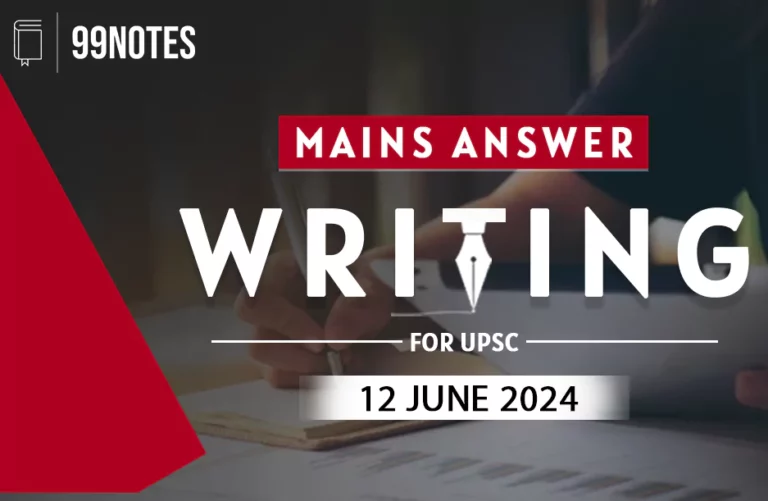21 June 2025 : Daily Current Affairs
1. HAL wins ISRO deal to build launch vehicles
Source: The Hindu, Page 6, June 21, 2025
| Topic: GS Paper 3: Science and Technology – Indigenization of Technology |
| Context |
|
Content:
Key Highlights:
-
SSLVs are designed to launch payloads under 500 kg into Low Earth Orbit (LEO).
-
HAL emerged as the winning bidder via a competitive process led by IN-SPACe.
-
The contract will allow HAL to build two SSLVs with ISRO’s handholding, post which it will independently produce and operate them.
Significance for UPSC:
-
Boost to Private Sector in Space: Marks a major milestone in the commercialization of India’s space programme.
-
Technology Transfer: Aligns with the goals of Aatmanirbhar Bharat and indigenization in critical technology sectors.
-
Public-Private Synergy: ISRO’s support through IN-SPACe opens doors for private space players.
Challenges:
-
Ensuring quality and safety in commercial space launches.
-
Maintaining affordability while competing globally.
Way Forward:
-
Encourage deeper private investment.
-
Expand ToT models to other sectors like satellite manufacturing, robotics, and propulsion systems.
Practice Question:
|
Discuss the significance of the Transfer of Technology (ToT) model in India’s space sector with reference to the recent HAL-ISRO SSLV agreement. (250 words / 15 marks) |
2. Quantum challenge: Administrative reform is essential for India to make advances
Source: Page 10, The Hindu, June 21 2025
| Topic: GS Paper 3: Science and Technology – Emerging Technologies |
| Context |
|
Content:
Achievements:
-
Demonstrated secure communication over 1 km using quantum key distribution (QKD).
-
A vital part of India’s National Quantum Mission (₹6,003 crore till 2031).
Challenges Identified:
-
Slow fund disbursal.
-
Bureaucratic red tape in project approvals.
-
Dependence on foreign hardware/software.
-
Lack of competitive remuneration for top talent.
Why it Matters:
-
Quantum technologies are critical for national security, communications, and future computing.
-
India is behind nations like China and the USA in investment and ecosystem development.
Way Forward:
-
Streamline administrative processes.
-
Facilitate single-window clearances and startup support.
-
Build domestic capabilities in hardware and software stacks.
Practice Question:
|
What are the major administrative and infrastructural hurdles facing India’s National Quantum Mission? Suggest reforms to address them. (250 words / 15 marks) |
3. Lighting the spark in U.K.-India cultural relations
Source: The Hindu, Page 10, June 21, 2025
| Topic: GS Paper 2: International Relations – Cultural Diplomacy |
| Context |
|
Content:
Highlights of POCC:
-
Focuses on 5 areas: Digital technologies, Cultural property, Sustainability, Exhibitions, and Performances.
-
Involves premier institutions like British Museum, Natural History Museum, and Arts Council England.
Strategic Relevance:
-
Creative industries contribute nearly 8% to India’s workforce.
-
Strong tool for soft power diplomacy and economic engagement.
-
Promotes collaboration in AR/VR, AI in arts, digital heritage conservation.
Challenges:
-
Lack of skilled manpower in emerging cultural-tech domains.
-
Need for curriculum upgrade to accommodate AI, AR, gaming, etc.
Way Forward:
-
Link cultural diplomacy with employment and skill missions.
-
Promote rural creative hubs as economic zones.
Practice Question:
| Discuss the strategic significance of cultural diplomacy in India’s bilateral relations with reference to the Programme of Cultural Cooperation signed with the United Kingdom. (150 words / 10 marks) |
1. HAL wins ISRO deal to build launch vehicles
Source: Page 6, The Hindu
| Topic: GS Paper 3: Science & Technology – Space Sector |
| Context |
|
Analysis of the news:
-
Small Satellite Launch Vehicle (SSLV): 3-stage launch vehicle capable of placing satellites up to 500 kg in Low Earth Orbit (LEO).
-
IN-SPACe: Indian National Space Promotion and Authorization Centre; responsible for promoting private participation in India’s space activities.
-
HAL’s Role: HAL will build two SSLVs under ISRO guidance in two years and then operate independently.
-
Liability: Government of India assumes liability for private launches, as per international norms.
-
Significance: Strengthens India’s push toward commercializing its space programme under the Aatmanirbhar Bharat mission.
2. Quantum challenge: Administrative reform is essential for India to make advances
Source: Page 10, The Hindu
| Topic: GS Paper 3: Science & Tech – Quantum Technology |
| Context |
|
Analysis of the news:
-
Quantum Key Distribution (QKD): Technology enabling ultra-secure communication via quantum mechanics; any interception disrupts the signal.
-
IIT-Delhi & DRDO: Demonstrated QKD over 1 km of free space.
-
National Quantum Mission: Approved in 2023; ₹6,003 crore budget till 2031; aims to boost quantum research in computing, communication, sensors, and materials.
-
Challenges:
-
Slow fund disbursement
-
Hardware dependence on foreign suppliers
-
Short-term contracts, low salaries, and red tape
-
-
India’s Position: Lags behind the US and China in quantum investment.
Check more: 20 June 2025 : Daily Current Affairs


